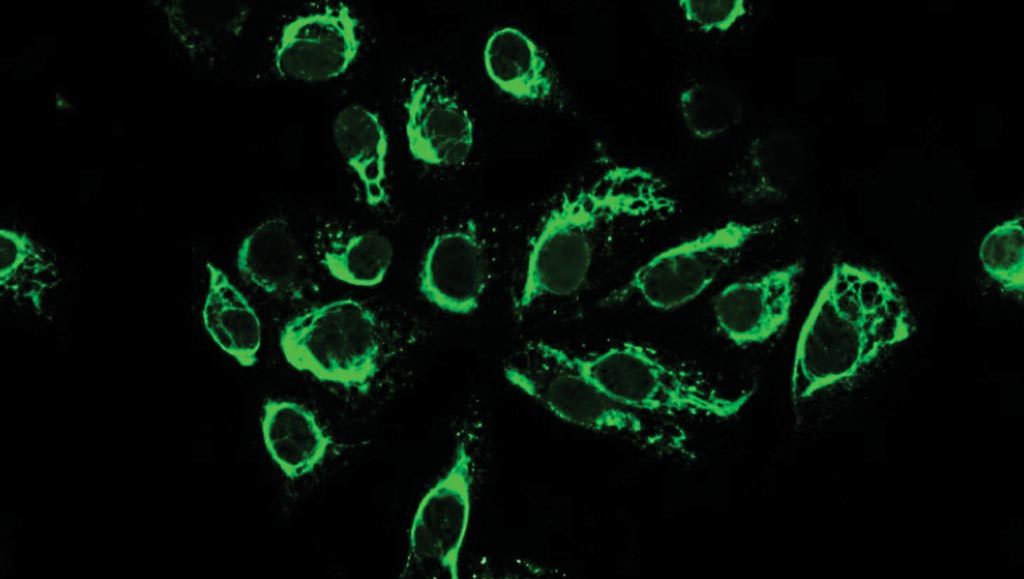Commercially Available Zika Virus Immunoassays Evaluated
By LabMedica International staff writers
Posted on 02 Sep 2017
In 2015, the first cases of Zika virus infection were confirmed in Brazil, which indicated the beginning of the largest outbreak recorded with autochthonous vector-borne transmission documented in many countries across the Americas.Posted on 02 Sep 2017
Several laboratories and commercial vendors have developed and evaluated molecular assays for rapid identification of Zika virus RNA, and, in some instances, other clinically relevant arboviruses, such as dengue virus (DENV) and chikungunya virus, in acute-phase clinical specimens.

Image: ELISA and indirect immunofluorescence tests (IIFT) have been developed for sensitive and specific detection of antibodies against Zika virus in patient serum samples (Photo courtesy of EUROIMMUN).
Scientists led by those at the Public Health Agency of Canada (Winnipeg, MB, Canada) obtained samples from Canadian travelers who visited areas with known Zika virus transmission and consulted their physicians after symptoms consistent with Zika virus infection developed upon return. They de-identified samples from 75 patients. Thirty samples were from patients with serologically confirmed Zika virus infections; 10 from patients with confirmed Zika virus infections identified by 2-target real-time reverse transcription polymerase chain reaction (RT-PCR); 10 from patients with suspected Zika virus infections, which were subsequently identified as DENV infections; and 25 acute-phase samples from flavivirus-negative persons tested by Zika virus RT-PCR and immunoglobulin M (IgM) antibody capture enzyme-linked immunosorbent assay (MAC-ELISA).
The team evaluated five Zika virus immunoassays: a conventional IgM ELISA and three MAC-ELISAs: Zika Virus Detect; anti-Zika virus IgM ELISA kit; and NovaLisa Zika Virus IgM µ-capture. On the basis of preliminary testing, they also tested the Euroimmun IgM ELISA in parallel with the Euroimmun conventional Zika virus IgG ELISA.
The assays generally showed reproducible results during independent evaluations, although specificity and sensitivity of each varied. The Euroimmun IgM and IgG ELISAs and the Abcam IgM ELISA showed a specificity of 100% for negative specimens with similar results of greater than 90% for confirmed DENV-positive samples. The NovaTec ELISA showed a specificity of 66% for negative specimens and 70% for DENV-positive specimens. Although the InBios Zika Detect ELISA showed similar specificity results for flavivirus-seronegative specimens, it showed decreased specificity for DENV-positive samples. This assay incorrectly identified 40% of these samples as Zika virus IgM positive and 40% as possible Zika virus positive.
The authors concluded that when performed in combination, the Euroimmun Zika Virus IgM and IgG ELISAs provide improved sensitivity. On the basis of their findings, the InBios Zika Virus Detect MAC-ELISA provides diagnostic results comparable to the CDC-based in-house MAC-ELISA for specimens collected from patients with primary flavivirus exposures (i.e., no detectable background immunity to DENV). The study was published in the September 2017 issue of the journal Emerging Infectious Diseases.














